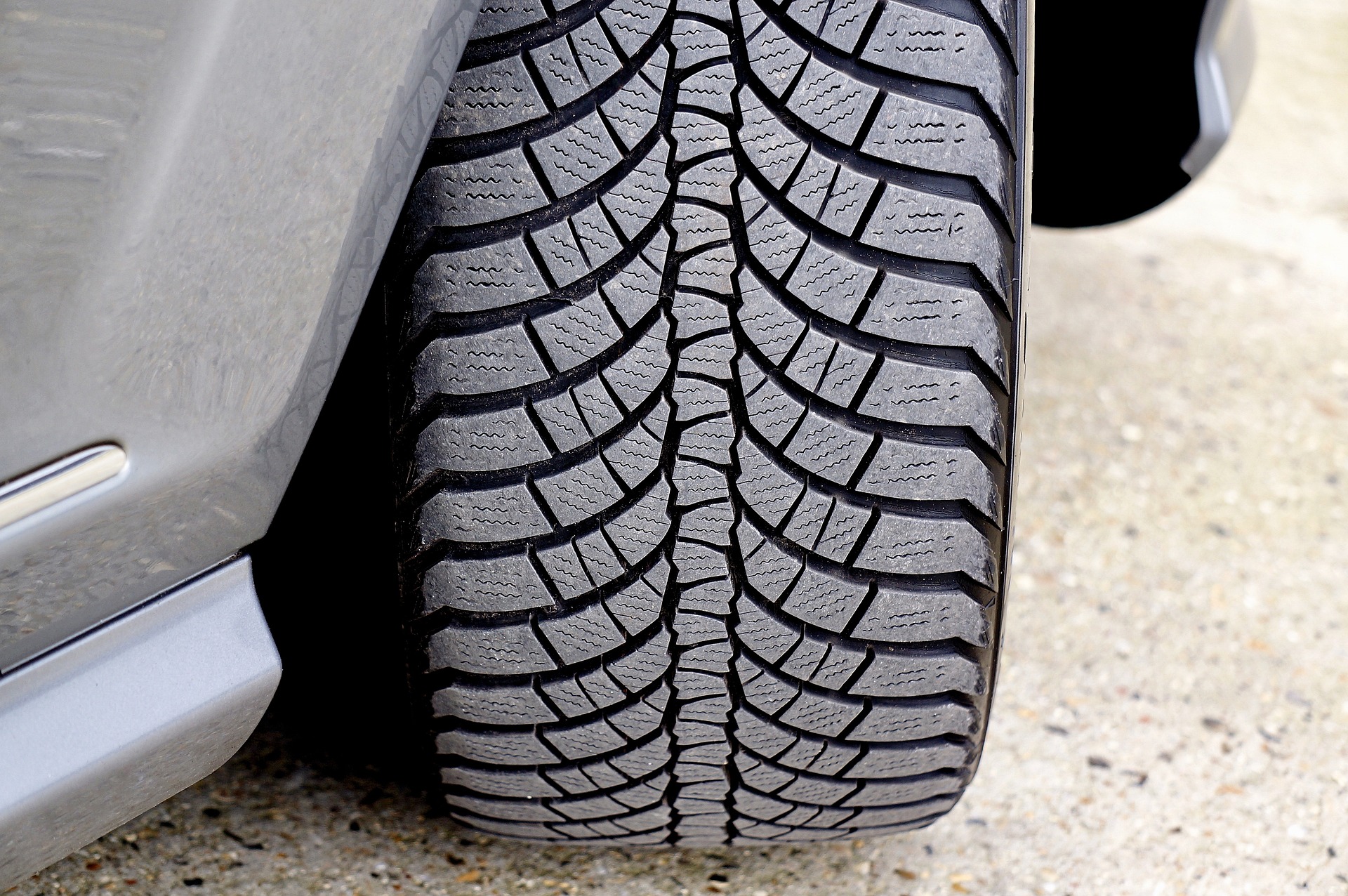Tire Care Guide: Identifying Wear Patterns and Correct Pressures
Proper tire care extends service life, improves safety, and helps maintain vehicle performance. This guide outlines how to recognize common tire wear patterns, set and check correct pressures, and coordinate basic maintenance and inspections to reduce risks on the road.
Tire condition is a fundamental part of vehicle reliability and safety. Regular checks for wear patterns, pressure levels, and general condition allow drivers to spot underlying issues before they escalate into roadside problems. This article explains how to interpret common wear signs, why correct pressure matters for fuel efficiency and handling, and which routine maintenance and inspections help preserve tires through seasonal changes and storage.
Maintenance and inspection: what to check?
Routine maintenance and inspection should be performed at predictable intervals: visually every few weeks and more thoroughly during scheduled service. Look for cuts, bulges, sidewall cracking, embedded objects, and uneven tread depth across the tire. A simple tread depth gauge or the penny test can indicate when replacement is due. Also check valve stems, wheel nuts, and signs of corrosion around the rim that could cause slow leaks. Keeping a basic log of tire checks and recording mileage helps track trends in wear and informs decisions about rotation and alignment.
What wear patterns reveal for diagnostics?
Wear patterns tell a diagnostic story about alignment, inflation, suspension, and driving habits. Center wear typically indicates overinflation; edge wear can point to underinflation. Cupping or scalloped wear suggests suspension or balance problems, while one-sided wear often means a misaligned wheel. Feathering—tread ribs worn at an angle—can be caused by toe misalignment. Interpreting these patterns helps prioritize repairs: correct inflation and rotation routines resolve many problems, while persistent irregular wear warrants a professional inspection to diagnose alignment, bearing, or shock absorber issues.
How does correct pressure affect fuel efficiency?
Maintaining the manufacturer-recommended pressure optimizes tire contact with the road and minimizes rolling resistance. Underinflated tires increase fuel consumption and accelerate edge wear, while significant overinflation reduces the contact patch and can cause uneven center wear and harsher rides. Check pressure when tires are cold, using a reliable gauge, and follow vehicle placard values rather than the maximum numbers on the tire sidewall. Proper pressure supports braking performance and handling, and contributes to consistent fuel efficiency over the vehicle’s operating life.
Why rotation and roadside safety matter?
Regular rotation evens out wear across all tires and extends usable tread life. Most manufacturers recommend rotation every 5,000–8,000 miles, or during routine oil changes; follow patterns appropriate for front- or rear-wheel drive. In addition to planned rotation, being prepared for roadside issues improves safety: keep a functioning jack, lug wrench, and a compact air compressor or sealant kit in the vehicle, and inspect the spare for pressure and condition. For more complex problems, local services can provide mobile tire assistance and inspections in your area.
How to prep tires for winter and storage and prevent corrosion?
Winter conditions demand attention to tread depth and compound suitability; winter tires or all-season tires with sufficient tread perform better on cold, wet, or snowy roads. Before long-term storage, clean tires and wheels to remove road salt and brake dust, which contribute to corrosion on rims and fasteners. Store tires in a cool, dry place away from direct sunlight and ozone sources; if possible, keep them in airtight bags to slow rubber degradation. Periodically rotate stored tires’ positions to relieve any flat-spotting and check rims for early signs of corrosion if wheels remain mounted.
Can telematics, battery and charging aid tire care and monitoring?
Telematics systems and onboard diagnostics increasingly include tire pressure monitoring and alerts that integrate with maintenance schedules. A tire pressure monitoring system (TPMS) warns of sudden pressure loss, and telematics can log trends to inform inspections. For vehicles with auxiliary battery systems or electrified drivetrains, maintain battery health and charging habits as described by the manufacturer: stable electrical systems support consistent TPMS performance and accessory use, such as portable compressors. While telematics add convenience, they complement rather than replace manual inspections and physical diagnostics.
Tire care combines observation, routine checks, and targeted diagnostics to maintain safety and efficiency. Understanding wear patterns lets you address inflation, alignment, or suspension issues earlier, while correct pressures and rotation extend tread life and support fuel efficiency. Seasonal preparation, careful storage, and leveraging available monitoring tools contribute to dependable tire performance and fewer roadside interruptions.






